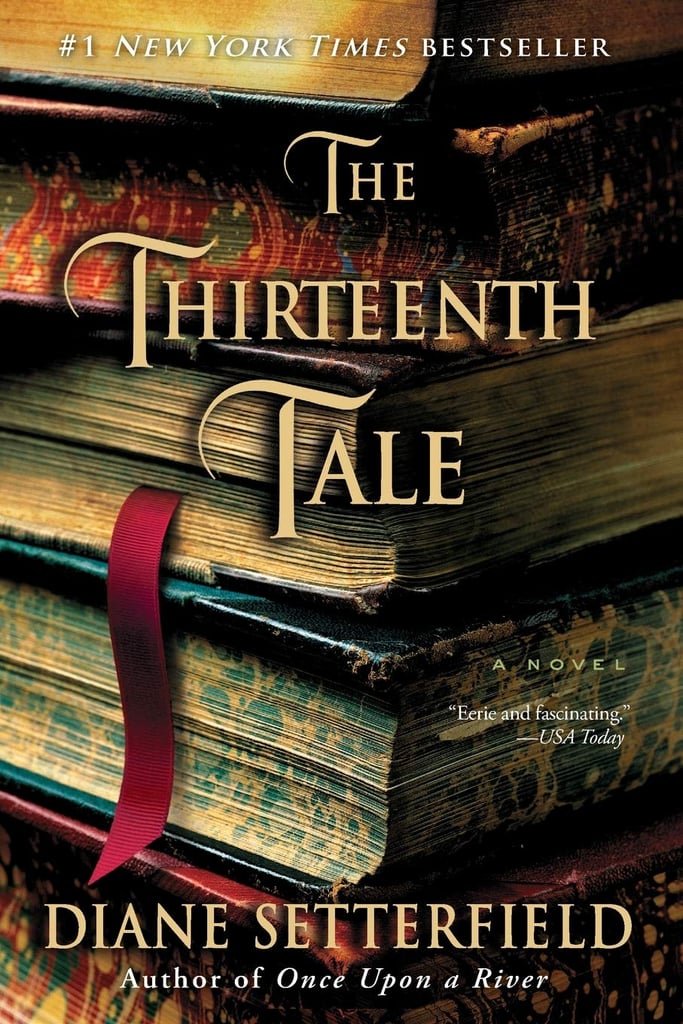
Once Upon a River is a considerably more wholesome affair. Its intricate plot involved incestuous gentry languishing in a decrepit country house an evil twin murder, ghosts and references to Jane Eyre and lashings of stories within stories. Setterfield’s bestselling debut, The Thirteenth Tale, was a fusion of the 19th-century sensation novel with the modern-gothic morbidity of early Ian McEwan.

The influence here seems more Dickens than Brontë, albeit without the comic brio Is she the illegitimate child of the farmer’s stepson? The kidnapped daughter inexplicably returned after two years? Or the drowned sister of the housekeeper, miraculously restored decades after her death? The little girl herself seems largely indifferent to her surroundings and company, but she does exhibit an abiding fascination with the river. Very gradually, the story takes shape around the claim each of these parties makes on the girl. One concerns a prosperous mixed-race farmer with a wayward adult stepson another, a landowner whose marriage has withered after the kidnapping of his two-year-old daughter the last, the fearful, half-simple housekeeper for the village parson. The novel then diverts its unhurried attention to three plot tributaries of its own. When the injured man – a character based on the real-life Victorian photographer Henry Taunt, who was celebrated for the images he made of the Thames – finally regains consciousness, he explains that the girl isn’t his: he found her floating in the water. The doll turns out to be the corpse of a little girl, and then not a corpse at all to the astonishment of Rita, the local nurse and midwife, the seemingly pulseless, waxen child revives, and for weeks the habitués of the Swan can talk of nothing else. On the evening of a winter solstice in the 19th century, a drenched man with a bashed-in face bursts through the door with what appears to be a large doll. Once Upon a River takes more than a few pages to begin properly, even though it kicks off with a promisingly dramatic event that electrifies the regulars at the Swan, a riverside inn in Oxfordshire renowned for the quality of its storytellers.

Lest you miss Setterfield’s point, she makes it explicit: “A river no more begins at its source than a story begins with the first page.”

“Instead it winds its way in time-wasting loops and diversions.” In fact, where the river begins and which if any of its tributaries can be conclusively identified as the Thames itself is debatable. “T he river does not seem particularly intent on reaching its destination,” remarks the narrator of Diane Setterfield’s third novel, referring to the Thames.


 0 kommentar(er)
0 kommentar(er)
